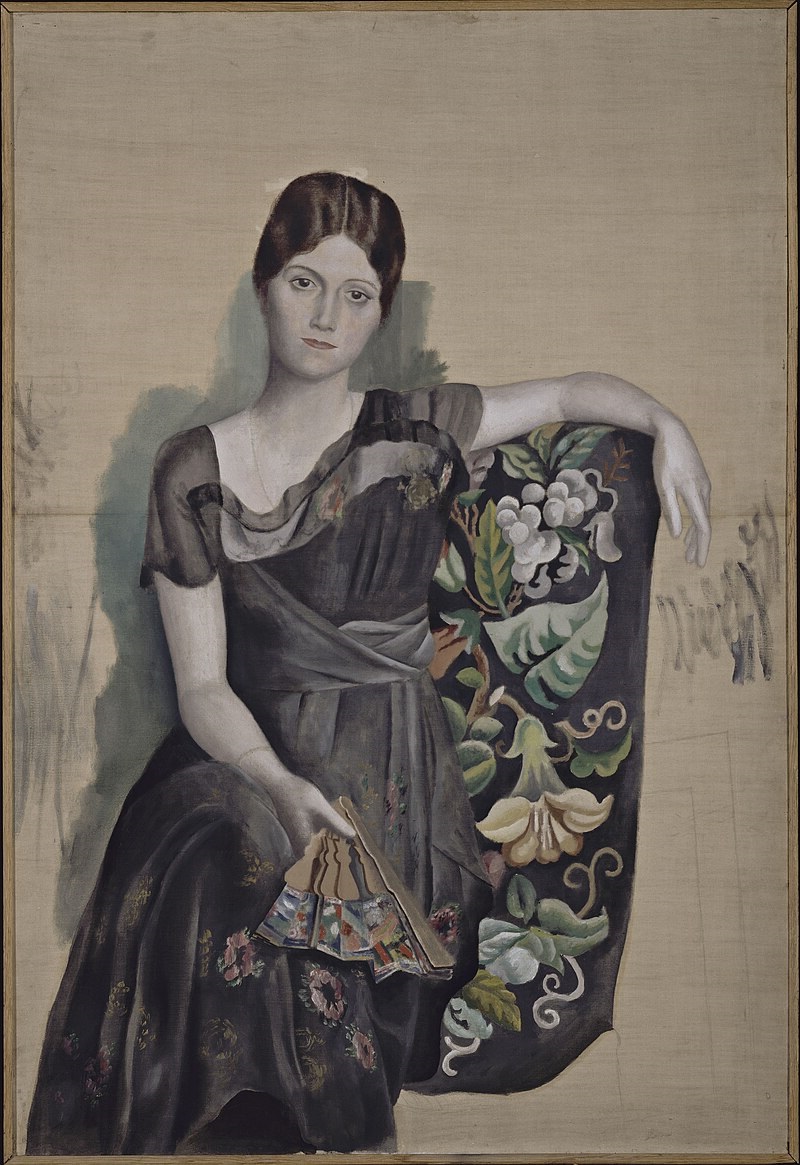Introduction
Pablo Picasso is one of the most influential and celebrated artists in history. Known as the co-founder of Cubism and a pioneer of modern art, Picasso’s creative genius reshaped the way the world understands painting, sculpture, and artistic expression. His bold innovations, unique vision, and unparalleled talent established him as a global icon of creativity. This article explores Pablo Picasso’s life, legacy, and impact on the art world while also highlighting the themes that make him an enduring figure of inspiration.
Early Life of Pablo Picasso
Pablo Ruiz Picasso was born on October 25, 1881, in Málaga, Spain. From an early age, Picasso demonstrated exceptional artistic ability. His father, a painter and art teacher, recognized his son’s potential and guided his early training. By the time Picasso was a teenager, he was already producing works that rivaled established painters.
Picasso’s education at prestigious art schools in Spain further nurtured his talent, but he quickly outgrew the traditional techniques taught to him. His restless creativity and hunger for innovation would push him to break away from conventional forms and develop entirely new artistic languages.
Picasso’s Blue and Rose Periods
One of the most remarkable aspects of Pablo Picasso’s career was his ability to evolve through different styles.
-
The Blue Period (1901–1904):
During this time, Picasso painted somber works dominated by shades of blue and green. Inspired by themes of poverty, loneliness, and despair, these paintings reflect his emotional state after the death of a close friend. Famous works from this period include The Old Guitarist and La Vie. -
The Rose Period (1904–1906):
Following the Blue Period, Picasso’s art brightened with warmer tones of pink and orange. His subjects shifted to circus performers, acrobats, and harlequins. This period displayed a sense of optimism and tenderness, leading to works such as Family of Saltimbanques.
The Birth of Cubism
Perhaps the greatest contribution of Pablo Picasso to the art world was the creation of Cubism, alongside French artist Georges Braque. Cubism was a revolutionary movement that abandoned traditional perspective in favor of fragmented, geometric forms.
The most famous example of this innovation is Les Demoiselles d’Avignon (1907), a groundbreaking painting that shocked audiences with its radical departure from realism. Instead of depicting subjects as they appear in real life, Picasso presented them from multiple viewpoints simultaneously. This approach forever changed how artists represented space, form, and structure.
Cubism went on to influence countless artists, designers, and even architects, making Picasso a true pioneer of modern art.
Picasso’s Political Voice and Guernica
Beyond his artistic experiments, Pablo Picasso used his art as a powerful tool for social and political expression. One of his most significant works, Guernica (1937), was painted in response to the bombing of the Basque town of Guernica during the Spanish Civil War.
The massive black-and-white mural depicts human suffering, chaos, and destruction in a haunting visual protest against war and violence. Today, Guernica stands as one of the most famous anti-war paintings in history, embodying Picasso’s belief that art should serve humanity.
A Master of Many Mediums
While Picasso is best known for his paintings, his creativity extended far beyond canvas. Throughout his career, he explored sculpture, ceramics, printmaking, and even poetry. His versatility and constant experimentation earned him recognition as one of the most prolific artists of all time.
It is estimated that Pablo Picasso produced more than 20,000 artworks during his lifetime, ranging from sketches to monumental paintings. This extraordinary output showcases not only his immense talent but also his relentless passion for creation.
Picasso’s Personal Life
Pablo Picasso’s personal life was as dynamic as his artistic career. He had relationships with several women, many of whom became his muses and appeared in his works. His marriages and love affairs often influenced the themes and moods of his paintings.
Despite his fame and wealth, Picasso remained deeply connected to his Spanish roots and maintained friendships with fellow artists, writers, and intellectuals. His charisma and controversial personality made him both admired and criticized, but he never stopped being a central figure in the cultural landscape of the 20th century.
Legacy of Pablo Picasso
Pablo Picasso passed away on April 8, 1973, in Mougins, France, but his legacy continues to shape the art world. Museums, galleries, and private collectors around the globe display his works, drawing millions of visitors each year.
His innovations influenced not only painters but also sculptors, filmmakers, designers, and musicians. Picasso’s ability to break rules and redefine boundaries serves as an enduring lesson in creativity.
Why Pablo Picasso Remains Relevant Today
Even decades after his death, Pablo Picasso remains one of the most searched and studied artists in the world. His ability to reinvent himself, experiment with new styles, and convey deep emotions through art ensures his relevance across generations.
In today’s fast-paced, technology-driven society, Picasso’s spirit of innovation and fearless creativity continues to inspire entrepreneurs, creators, and dreamers worldwide. His belief that “every child is an artist” is a reminder of the power of imagination in all aspects of life.
Conclusion
Pablo Picasso’s name is synonymous with modern art. From his Blue and Rose Periods to the groundbreaking invention of Cubism and the emotional power of Guernica, his work transcends time and borders. He was more than an artist—he was a visionary who challenged tradition and reshaped human expression.
As the world continues to celebrate his genius, Pablo Picasso remains a beacon of creativity, proving that true artistry lies not in following rules but in daring to break them.


You must be logged in to post a comment.